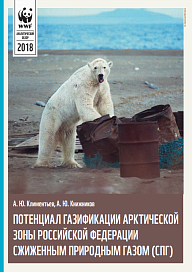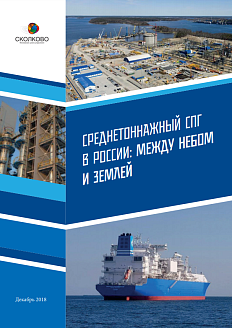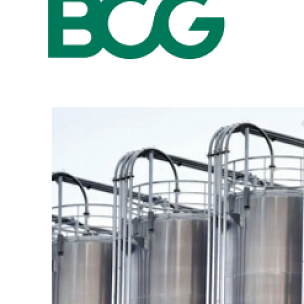Creating demand for liquefied natural gas (LNG) in the Arctic region of Russia
As ecological issues are getting increasingly relevant both locally and globally, transformations in the sphere of mineral extraction and power industry become essential. Until recently, most projects aimed at economic development of the Arctic Zone relied on using oil products and coal both for transportation and energy supply. Meanwhile, even now, modern requirements for reducing environmental footprint and minimizing environmental risks necessitate alternative solutions, of which using LNG is one.
Its worth mentioning that the necessity of taking active steps to create demand for LNG was stressed by the President of the Russian Federation Vladimir Putin during the meeting on the occasion of launching the first stage of the Yamal LNG plant. Vladimir Putin noted that LNG use could be expanded, including through supplying it to remote localities without pipeline gas and switching public transport to cleaner and more environmentally friendly natural gas engines.
In this regard, the study entitled «Prospects and opportunities for using LNG for bunkering in the Arctic regions of Russia» was published in 2017 by a team of authors (Alexander Klimentyev, Alexey Knizhnikov, Alexey Grigoryev, WWF) to support the initiative of using liquefied natural gas as marine fuel. This report continues the research done in the 2017 study by exploring the possibility of using LNG as an energy source for supplying consumers along the coastline and on the islands in the Arctic seas of the Russian Federation, and the potential environmental impacts.
Main consumers of LNG in the Arctic region
The geographical scope of the study covers a part of the coastline of the Russian Arctic Zone the Northern Sea Route area and adjacent coastlines of the Barents Sea and the Bering Sea, the Arkhangelsk region part of the coastline of the White Sea, and the Novaya Zemlya archipelago.
Importantly, in addition to assessing the potential of LNG in the Arctic region using a specially developed methodology and formula, the study also includes a review of key consumers of LNG in the Arctic. These include heat and energy supply facilities, residential areas, industrial facilities, vehicles with gas engines, and other cases, for example individual ports. For the latter, the report provides an assessment of their potential as regards LNG development.
Prospects for LNG development in the Arctic region
The study includes an assessment of the prospects for LNG development in the Arctic. The authors remark that the development of LNG production projects is usually conditioned by a combination of two factors: location of the production facility on the coastline and sufficient opportunities for supplying gas for liquefaction. This combination is found along the Baltic sea coast and the coast of the Arctic seas. It is planned that the greatest part of LNG production will come from two projects: Yamal LNG (17.4 million tons) and Arctic LNG 2 (19.8 million tons with potential growth up to 33 million tons). The largest Baltic project is Baltic LNG (10 million tons). Total output of LNG projects from where it is possible to supply LNG to the Arctic might reach 70 million tons annually by 2030. The report also includes an all-round analysis of individual LNG facilities, stations, and sites.

LNG is more cost-efficient than coal or diesel fuel
In addition, the report gives a number of technical solutions which include coastal storage systems, floating gas storage facilities, floating power stations, etc.
The authors of the report conclude that transition from coal and diesel to LNG for heat and energy supply in the Arctic region will reduce transportation costs and improve the stability of energy supply while at the same time reducing environmental impact and minimizing the risks along the whole supply chain. In addition, developing the technologies required in each individual case will facilitate the transition.
This publication has been posted in the Roscongress Information and Analytical System on the recommendation of the Roscongress Foundation expert community.






